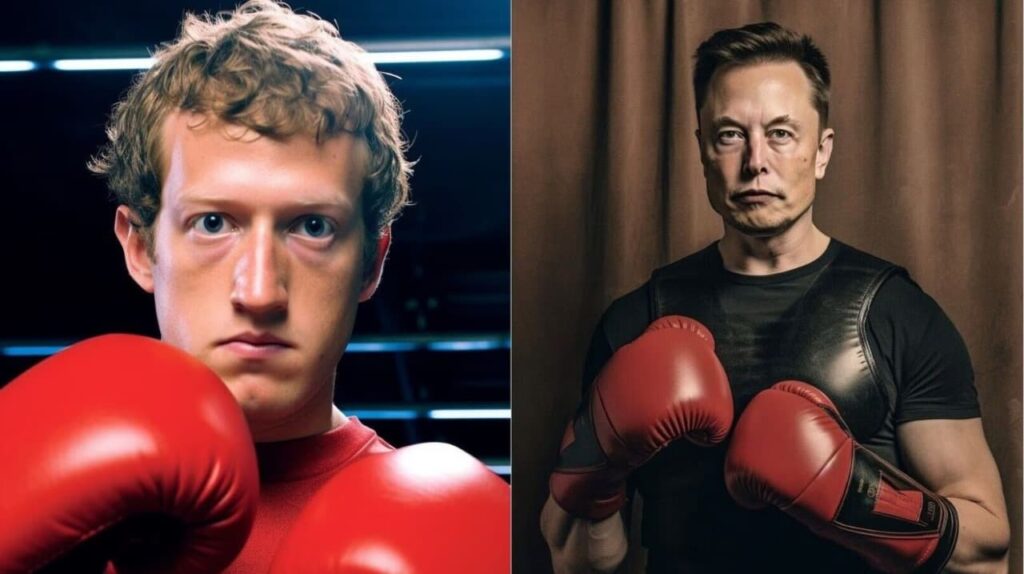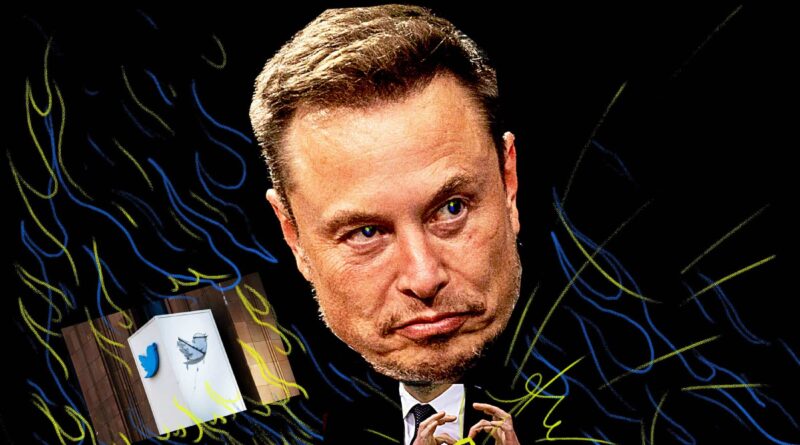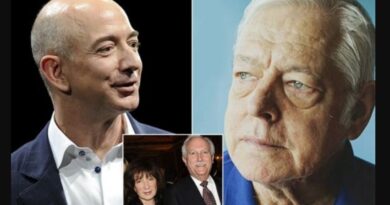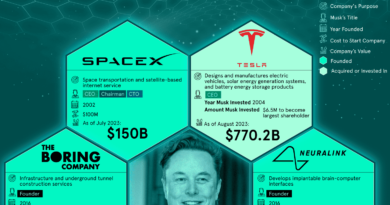How Elon Musk changed Twitter in one year
It’s been a year of personal grudges, harebrained rebrands, and jolting policy shifts. And those aren’t even the worst parts.
Elon Musk has now owned the company formerly known as Twitter for an entire year. It’s been a disaster.
Before Musk, Twitter had issues. It took a very long time to bring in new features and struggled to prevent people from posting negative stuff. But for most of 2022, it was working okay. Even when the company had to deal with Musk’s uncertain decision about taking over, Twitter kept making improvements like the edit button for Twitter Blue members, new features for audio rooms in Spaces, and small changes like new icons. The company was making progress, even if it was slow.

In retrospect, old Twitter was quaint
Looking back, those Twitter changes seem old-fashioned. On October 27th, 2022, a day after Musk went to Twitter’s San Francisco office with a sink for a joke tweet, he officially took control of the company. He quickly let go of important members of Twitter’s top leadership and then, in the following few weeks, he cut about 5,000 jobs, which was about two-thirds of the company. This left only a small group of people working hard to make Musk’s ideas happen, even if it meant they had to stay at work all the time, even to sleep.

In a year when they planned to make big changes to fight against fake accounts and start building an “everything app,” the platform ended up dealing with Musk’s bad choices. They even changed the name to the letter X, which was puzzling. Now, they have lots of other companies to compete with, and some of their advertising partners have left because they’re worried the platform isn’t stable with Musk in charge.
A lot of the trouble with Twitter started when Musk made one of his first choices. Twitter tried to sell blue checkmarks for $7.99 each month, but it didn’t work out. They also took away the real checkmarks from famous people, journalists, and popular users. This was a bad idea from the beginning. It let people pretend to be others and gave more attention to people who might say bad things but were ready to pay. This made important creators, famous people, and brands not want to use Twitter, and those are the accounts people like to see on the platform.
Immediately after launch, there was a fake Nintendo account with Mario showing a rude gesture and a fake Eli Lilly account saying insulin is free, which made the real Eli Lilly’s stock price go crazy. Now, after they tried to fix the problem with people pretending to be others, a lot of the replies are full of posts from crypto influencers and folks trying really hard to get attention so they can earn money from Twitter’s ad money. It’s not easy to tell who’s truly influential on the platform and who’s just paying to seem that way.
Not only did regular people leave Twitter, but companies who advertise on Twitter also got scared because it was so chaotic. They stopped or reduced their advertising. This was a major issue because Twitter mostly makes money from ads, and advertisers weren’t happy with the new Twitter. Shortly after Musk took control, three big advertising companies told their clients to stop spending money on the platform.
Musk has made advertisers worried about the platform’s reputation and stability. Remember when Twitter first banned, then brought back an account that tracked Musk’s flights, and then banned it again? Or when they banned links to Instagram, Mastodon, and other competitors, and then changed their mind? And when Musk made changes that made his tweets take over the platform for a bit? Or when they slowed down Substack after it made a product like Twitter Notes? And when Musk talked about suing the Anti-Defamation League?

Also, there were times when Twitter seemed to limit links to some other websites and was caught doing it more than once. And remember when Musk talked about going to Mark Zuckerberg’s house for a fight, and it seemed like he shared Zuckerberg’s personal information in a livestream?
Lately, the new CEO of the platform, Linda Yaccarino, has been trying to make it seem like things are getting better for advertising. She said that “since mid-May, all the big ad companies have changed their minds and started advertising on X again.” She also mentioned that “90 percent of the top 100 advertisers are using the platform again.” She talked about “big brands” like AT&T, Nissan, and Visa returning to advertise.
But coming back doesn’t mean they’re spending as much as before. For example, Visa used to spend $77,500 on Twitter before Musk took over, but they only spent $10 recently. This is why Musk said the platform’s advertising money in the US was still 60 percent lower in September. Estimates from Reuters show that ad money on the platform has been going down each month compared to the previous year since Musk took control. Also, there are fewer people using the service to see those ads. Similarweb reported that the number of people using the mobile app every month has gone down by almost 18 percent from September last year to this September.
The troubles and people leaving Twitter made room for other social networks like Mastodon and Bluesky. Mastodon, a network that existed before Musk took over Twitter, grew a lot, and the technology behind it, ActivityPub, has become a strong option for decentralized social networking. Bluesky, another decentralized network that originally got support from Twitter, created its own style and got many users too. Instagram’s co-founders added features to their AI news app called Artifact. There are also other choices like Post, Hive, and Pebble (which started as “T2” but is closing down) that have appeared as alternatives.
Meta, especially, introduced Threads. So far, none of these services have completely replaced Twitter, but Threads, which gained “just under” 100 million monthly active users after starting in July, seems like the strongest candidate to become the new leader.
While Twitter tries to make things better, Musk’s decision to completely change Twitter’s identity by suddenly renaming it to X is one of the weirdest choices of the year. Even the word “tweet,” which was what people used to say for a short message on Twitter, is gone. Instead, they use the more vague word “post,” which is what you do on most websites.
A year later, X is still here, but it seems to be in a shakier position than when Musk took it over. People are leaving the platform. Yaccarino mentioned a lower number of daily active users compared to what Twitter had reported before the acquisition. The platform is being looked into by the EU because of content related to the Israel-Hamas conflict, and Musk is facing a lawsuit from the SEC for refusing to testify about his Twitter shares.

X continues to survive, but the platform feels dramatically different from the so-called town square Twitter once was. It’s not clear if it will ever be the same again. Also, Musk couldn’t change one thing the way he wanted – even though he renamed it to X, the website is still Twitter.com.





James Jernigan’s YouTube channel is a comprehensive resource for AI marketing enthusiasts. His content is not only informative but also engaging, making it an enjoyable learning experience for all.
Detailed insights! Mirrors the depth covered in Profitable Bots’ AI course.
Weitere Informationen über Bitcoin Cash auf Deutsch https://bchpls.org/weitere-informationen-auf-deutsch/
Beşiktaş’ta Deniz Turu ve Tekne Gezileri, Boğazın Görkemli Manzarasını Keşfedin.